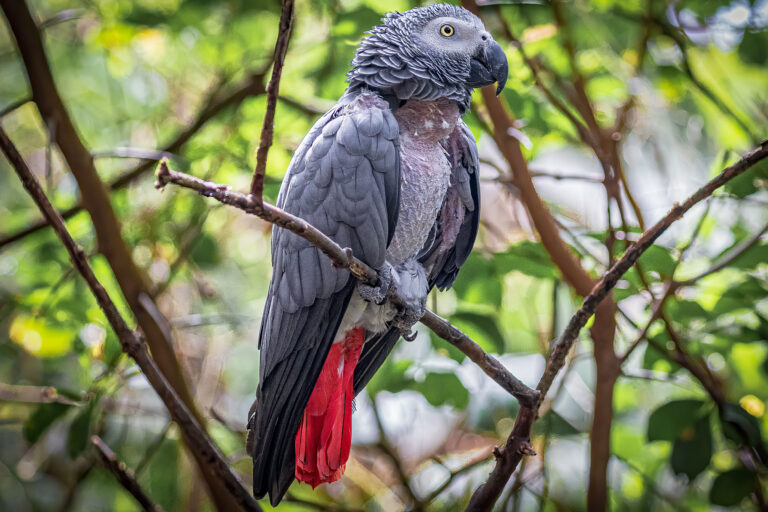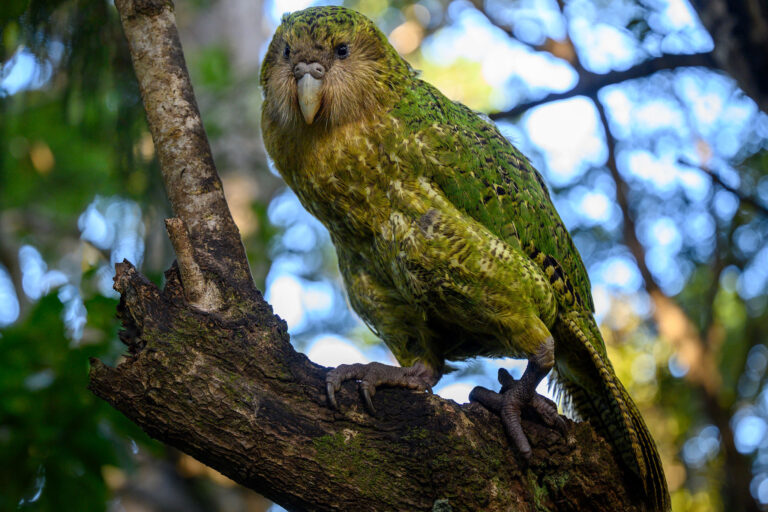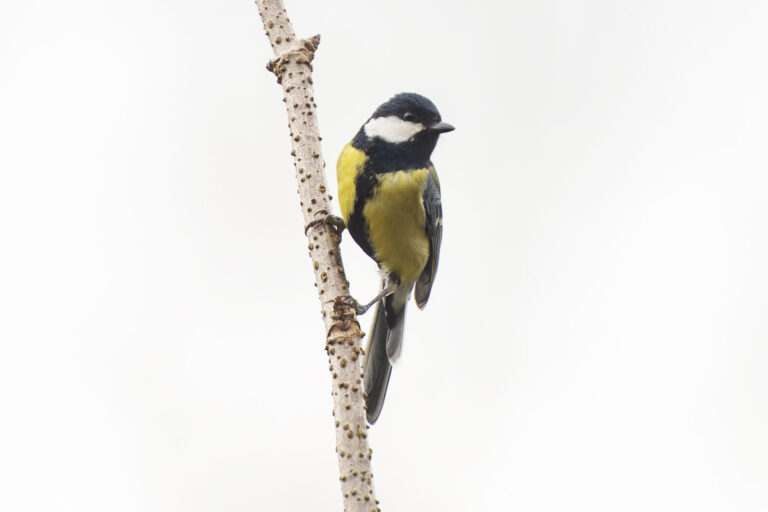Keeping Birds Safe from Window Collisions: Effective and Simple Solutions

Birds bring joy and beauty to our lives, flitting through our gardens and singing from the treetops. However, these enchanting creatures often face a hidden threat: window collisions. Each year, millions of birds fall victim to this silent menace, mistaking reflective glass for open sky or safe passage. Fortunately, there are simple and effective solutions that can drastically reduce these unfortunate incidents.
Understanding Window Collisions
Window collisions occur when birds fly into glass windows, mistaking reflections of the sky, trees, or other elements for the real thing. The result can be fatal, with many birds dying instantly or later from injuries sustained in the collision. This issue is prevalent across urban and rural areas, affecting both residential homes and commercial buildings.
Why Window Collisions Happen
Birds have incredible vision but do not perceive glass the way humans do. To them, the reflective surface of a window can appear as an extension of the environment. During migration seasons, this problem becomes even more acute, as the influx of birds increases the likelihood of collisions.
Simple Solutions to Prevent Window Collisions
Preventing window collisions doesn’t require expensive or complicated measures. Here are some practical steps you can take to make your windows bird-safe:
1. Window Decals and Films:
Applying decals, stickers, or films to your windows can break up reflections and make the glass visible to birds. These should be placed closely together (about 2-4 inches apart) to be effective.
2. External Screens:
Installing external screens on your windows not only provides shade and reduces heat but also acts as a barrier, preventing birds from hitting the glass directly.
3. Feather-Friendly Patterns:
Companies now offer specially designed window films with patterns that are visible to birds but nearly invisible to humans. These patterns can be dots, lines, or other shapes, and they significantly reduce collisions.
4. Netting:
Lightweight, taut netting can be installed over windows, creating a cushion that prevents birds from striking the glass. Ensure the netting is positioned a few inches away from the window to absorb the impact effectively.
5. Move Bird Feeders:
Place bird feeders and baths either very close (within 3 feet) or far away (more than 30 feet) from windows. When feeders are close, birds can’t build up enough speed to injure themselves seriously, and when far, they are less likely to notice the windows.
6. Close Curtains and Blinds:
Keeping curtains and blinds partially closed can reduce reflections and make windows less inviting to birds.
Real-Life Impact
Consider the case of a community center that implemented several of these measures. By applying decals and relocating bird feeders, they observed a significant reduction in bird collisions. Residents reported a newfound appreciation for the safety and well-being of their local bird population, demonstrating the real-world effectiveness of these simple solutions.
Protecting birds from window collisions is a crucial step in preserving our natural environment. By implementing these straightforward solutions, you can make a big difference. Whether you’re a homeowner, business owner, or community member, your actions can help save countless birds, ensuring they continue to brighten our lives with their presence.
Taking a moment to assess your windows and making the necessary adjustments will contribute to a safer habitat for our feathered friends. Together, we can reduce window collisions and foster a more bird-friendly world.

Dr. David Woolard’s interest in veterinary medicine stems from his upbringing in the lovely hamlet of New Paltz, NY, where he gained a love of animals at a young age.
Subscribe my Newsletter for new blog posts. Stay updated from your inbox!









